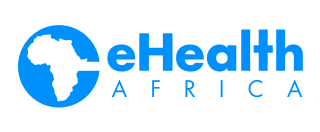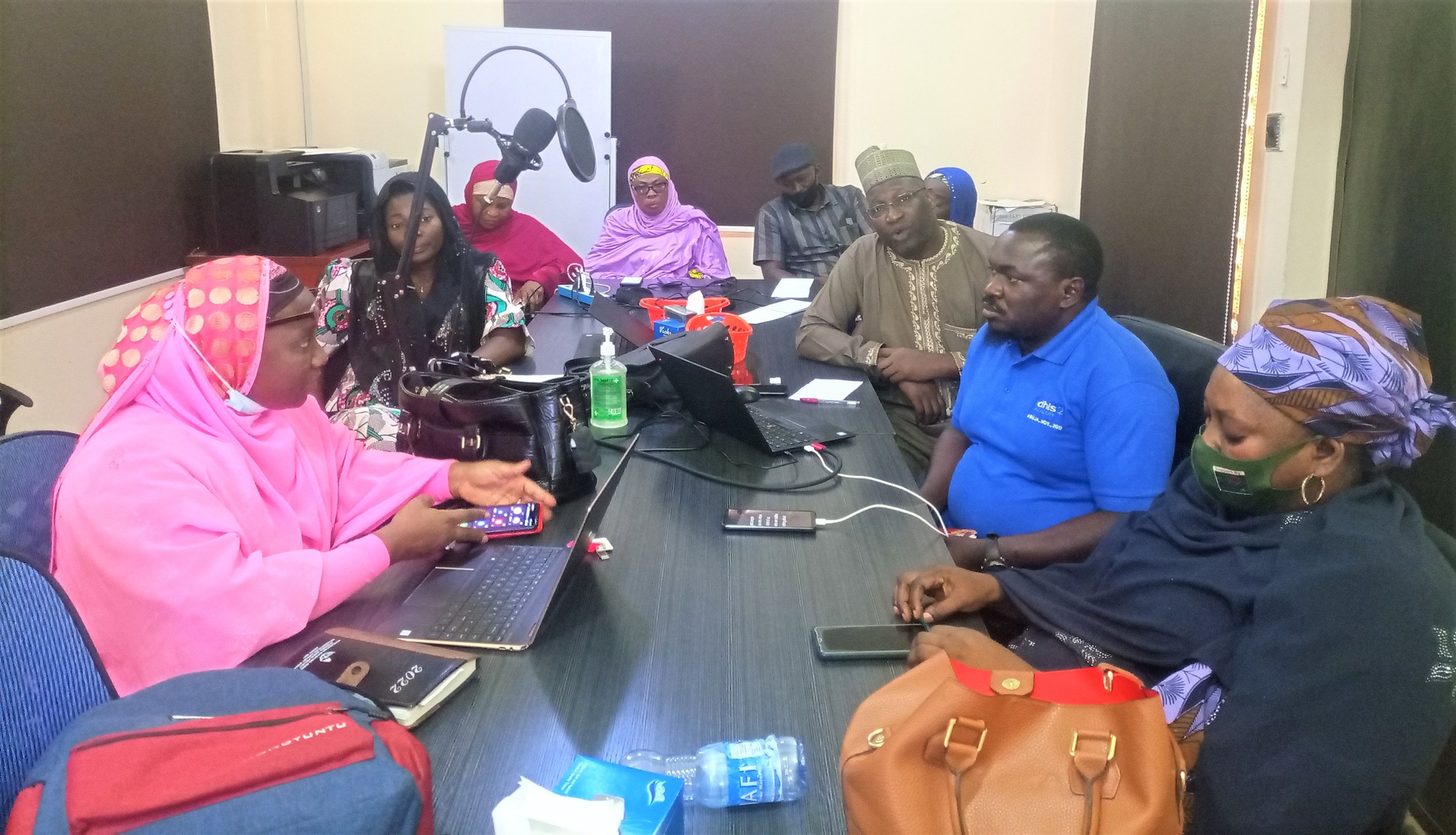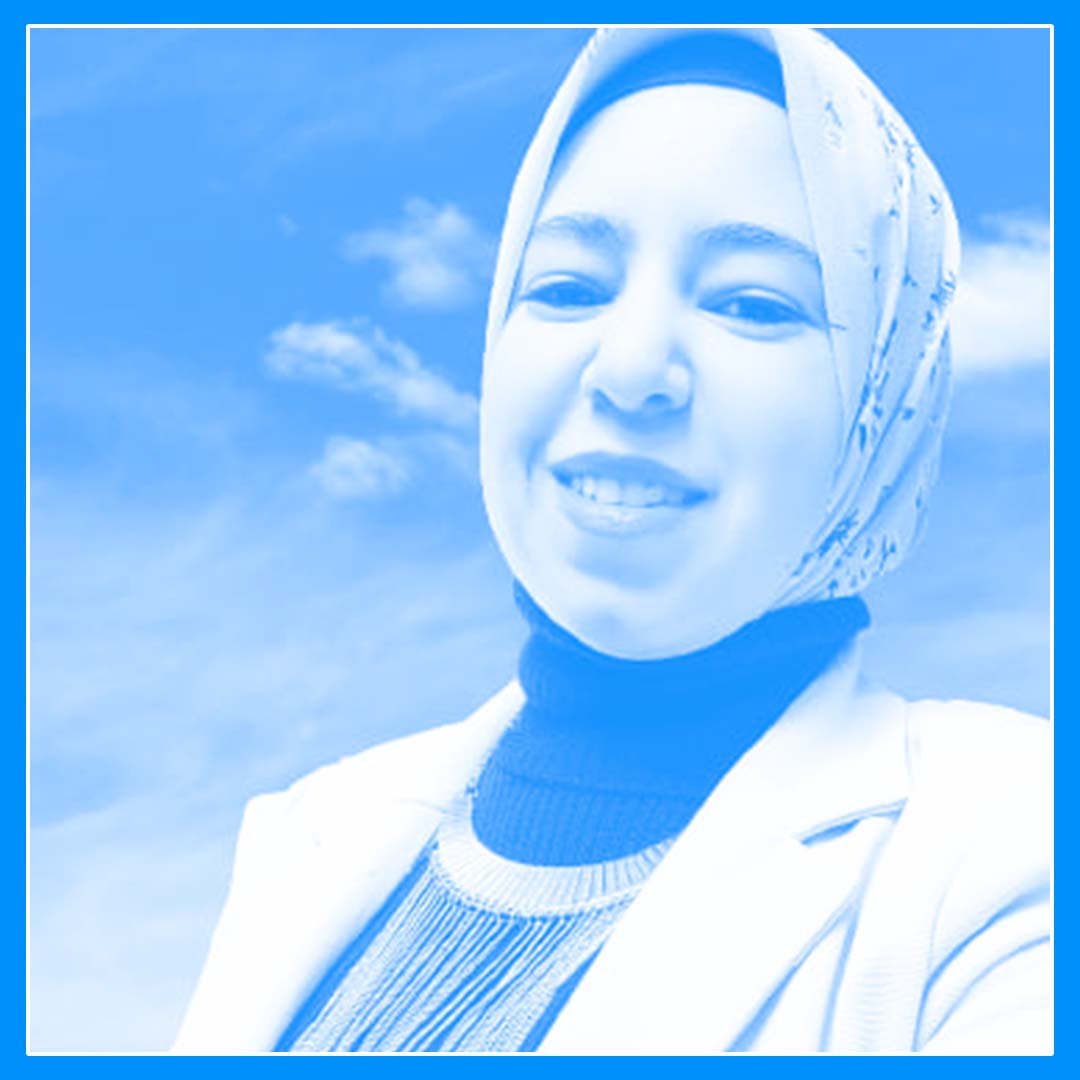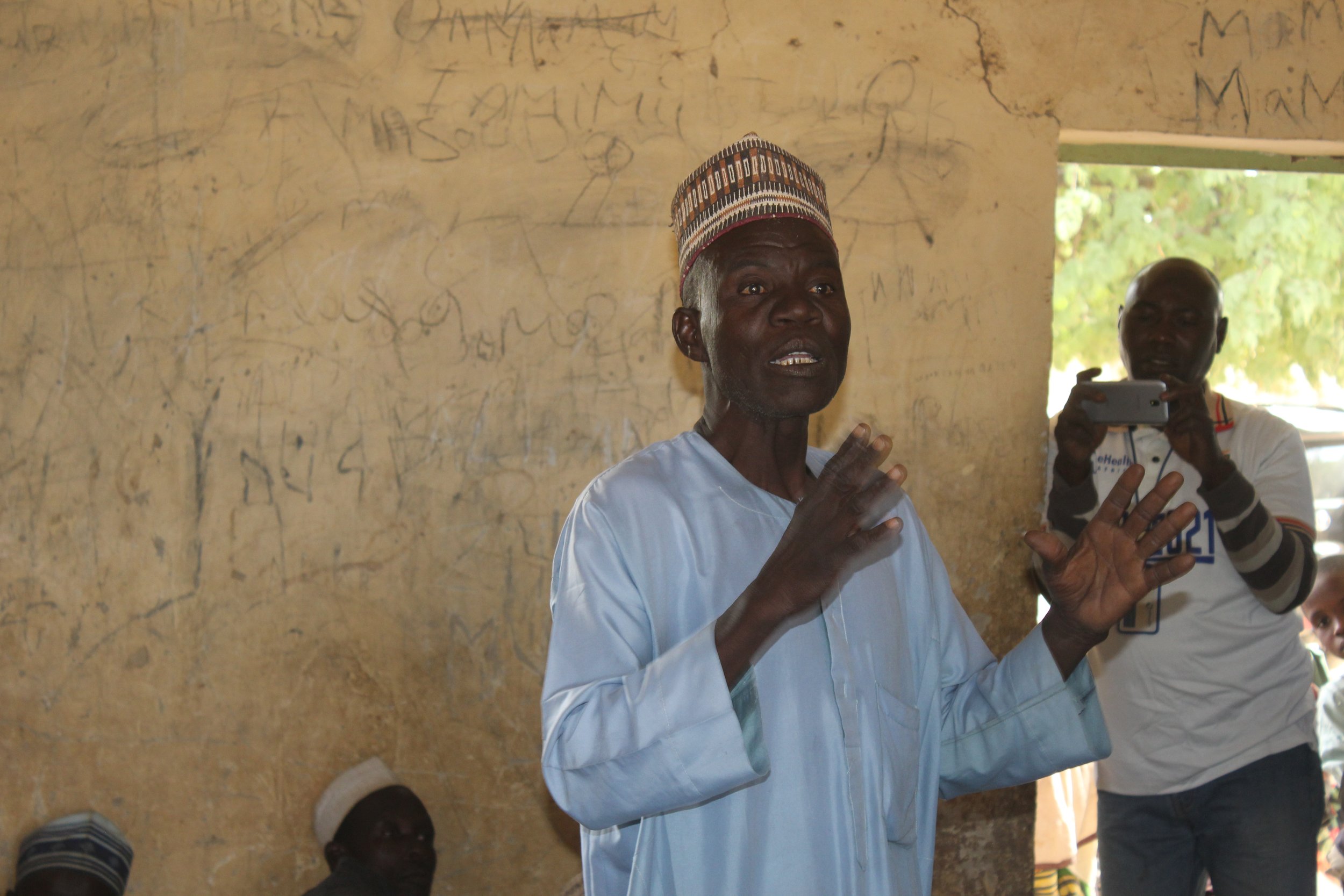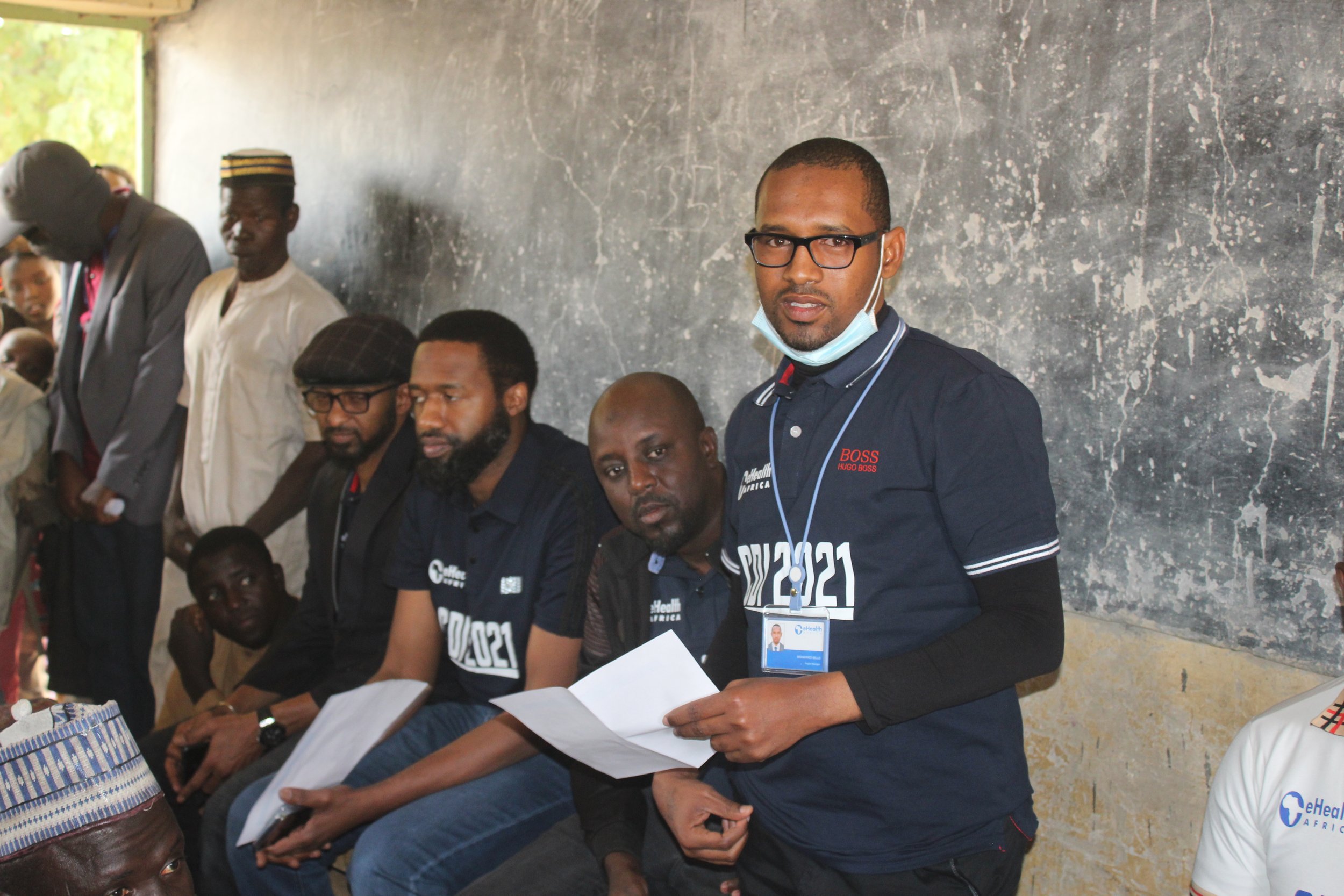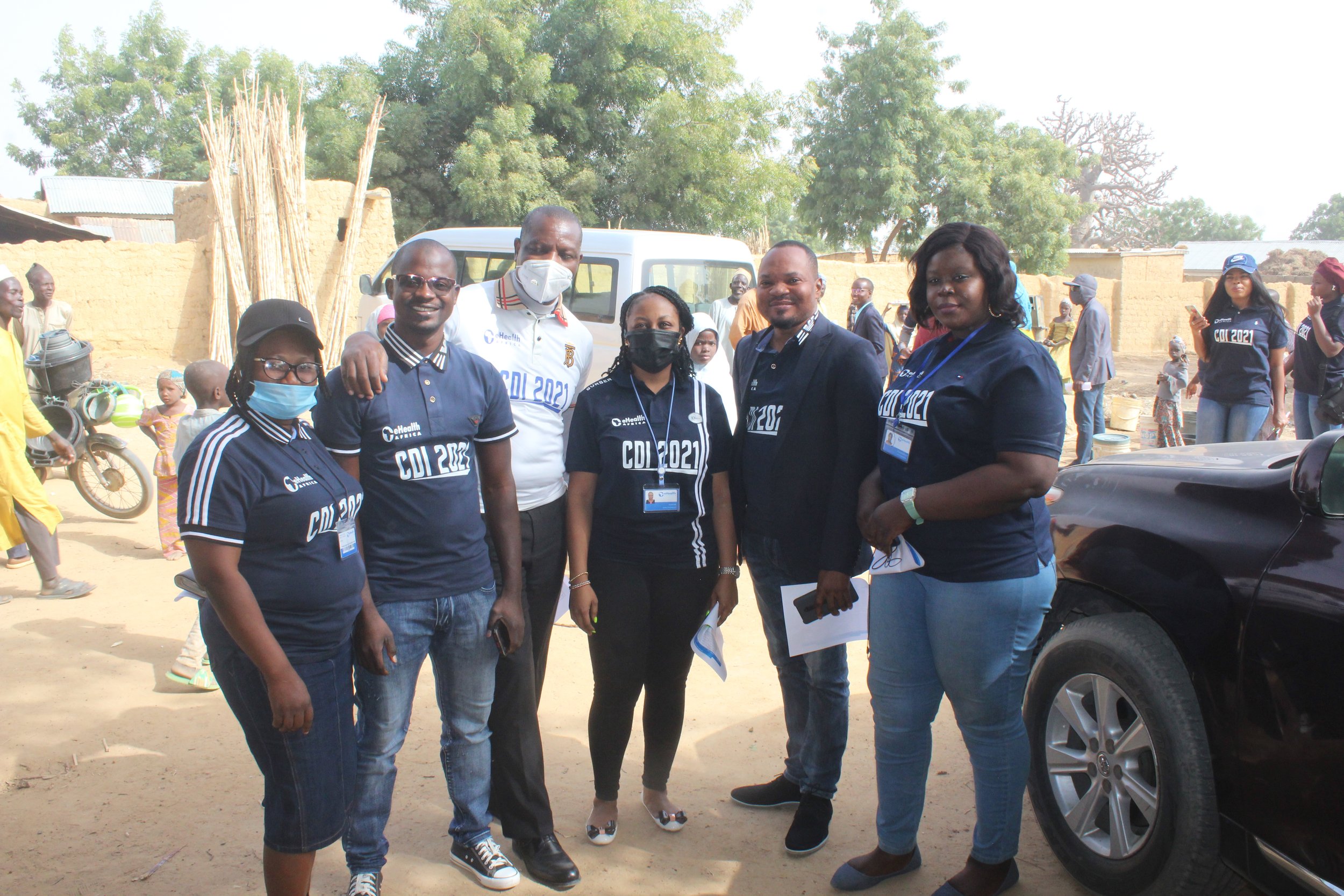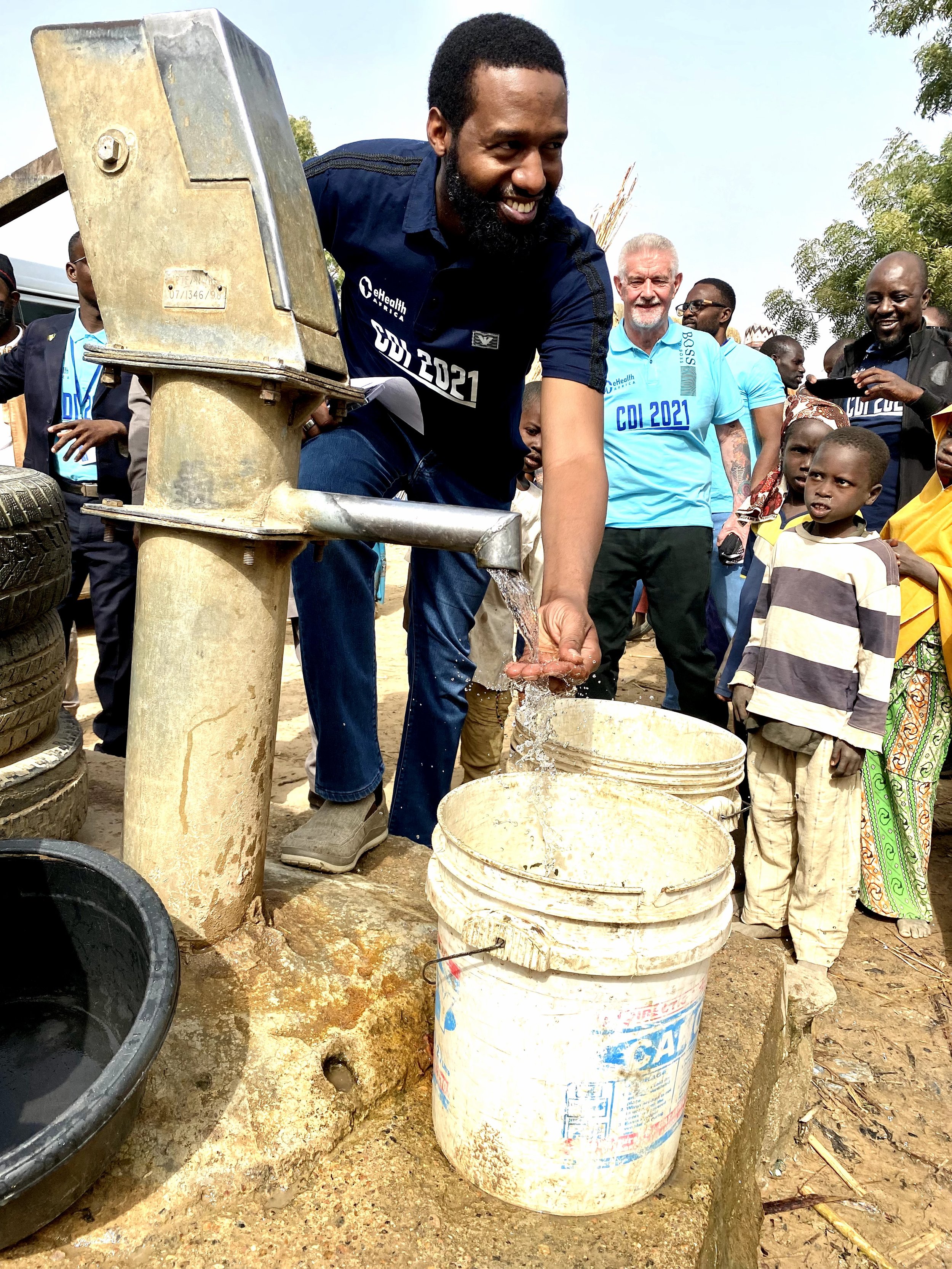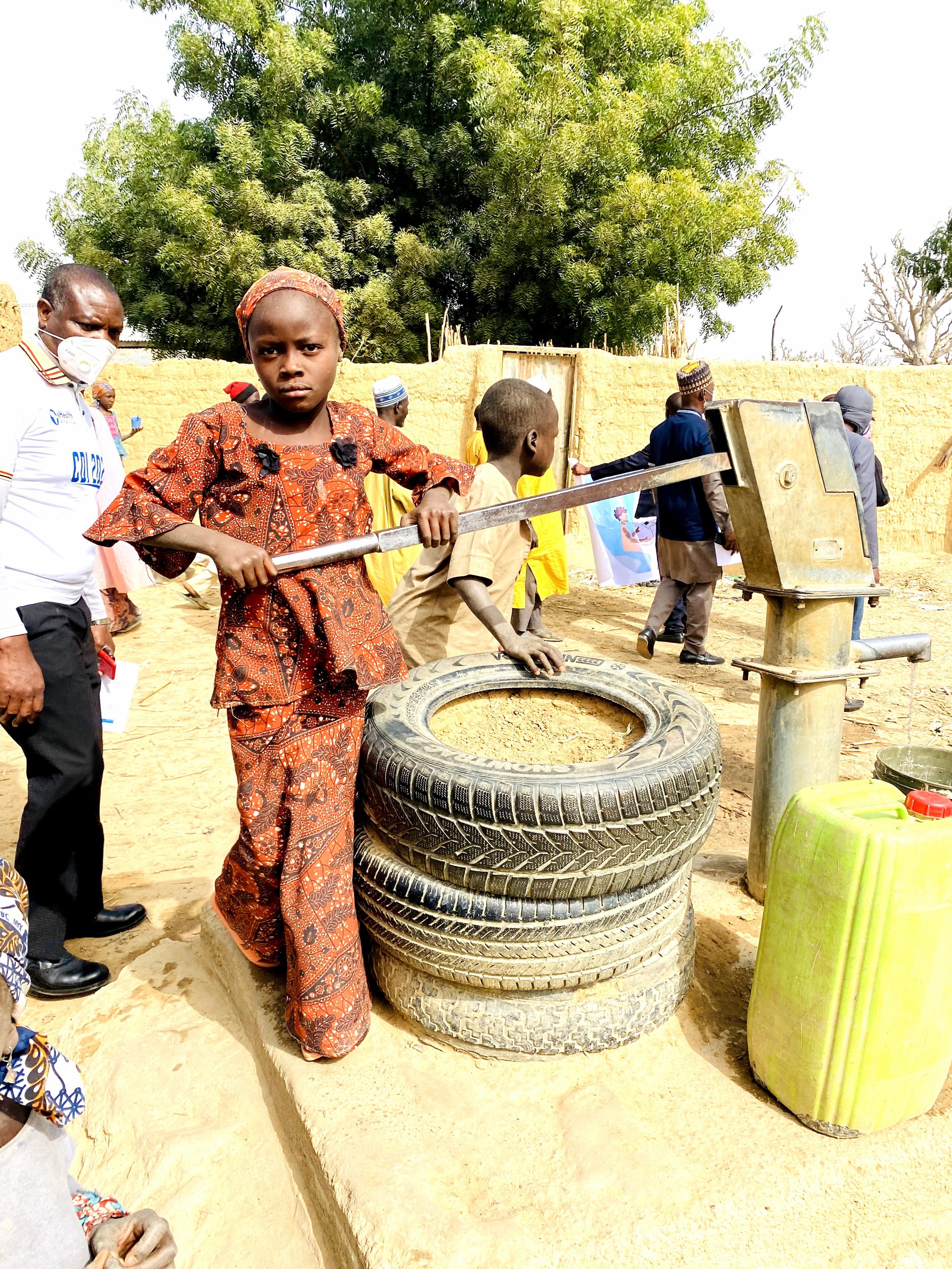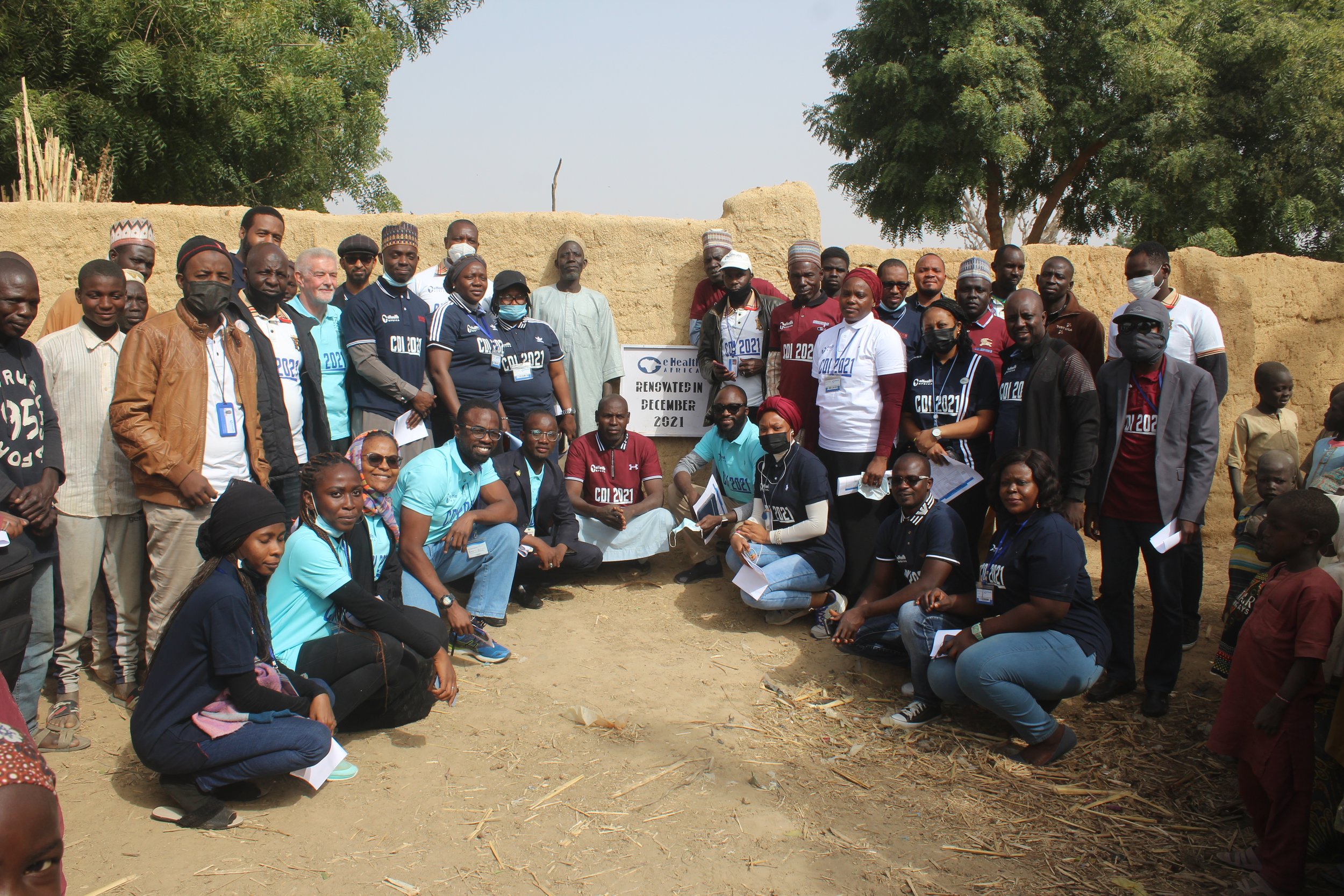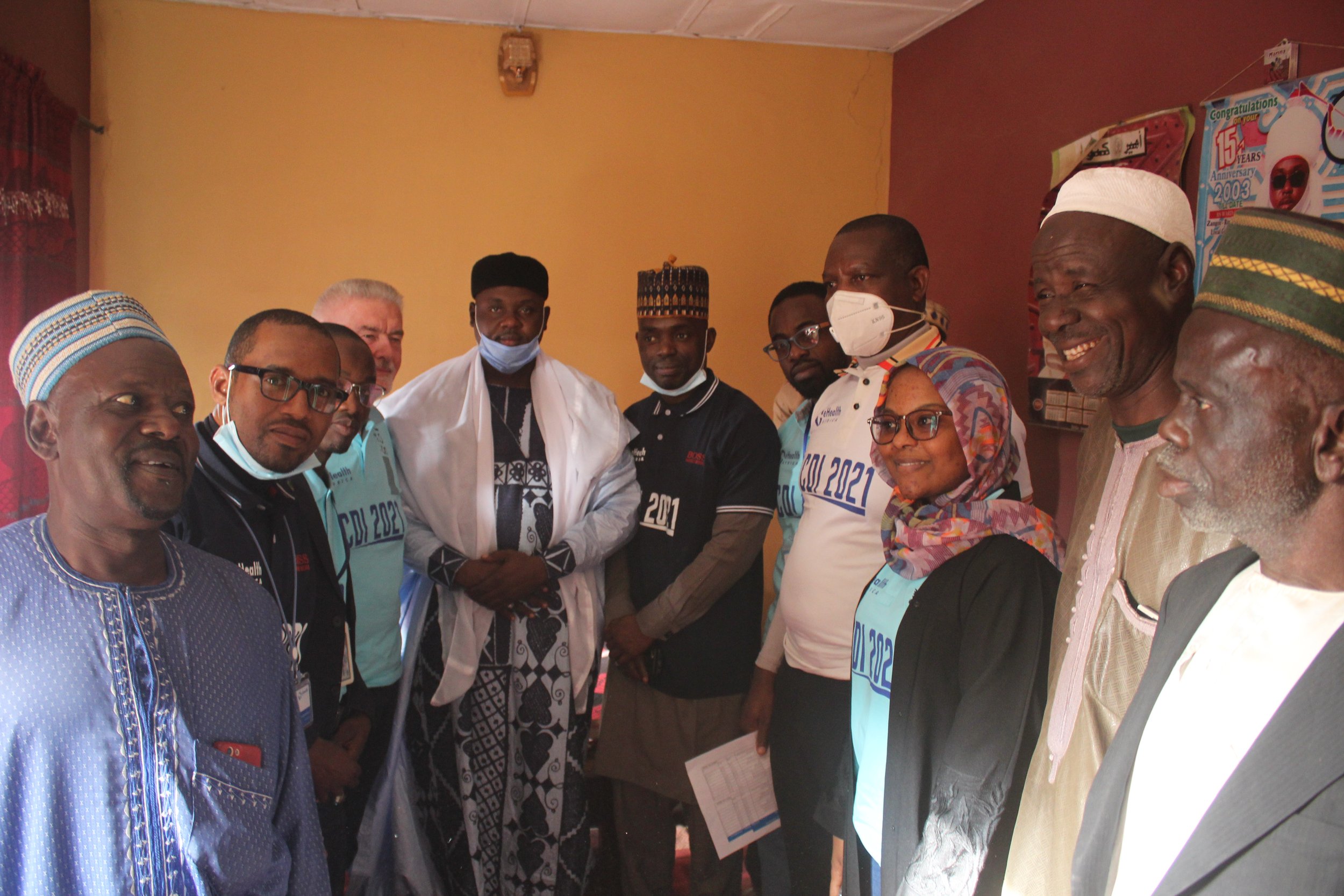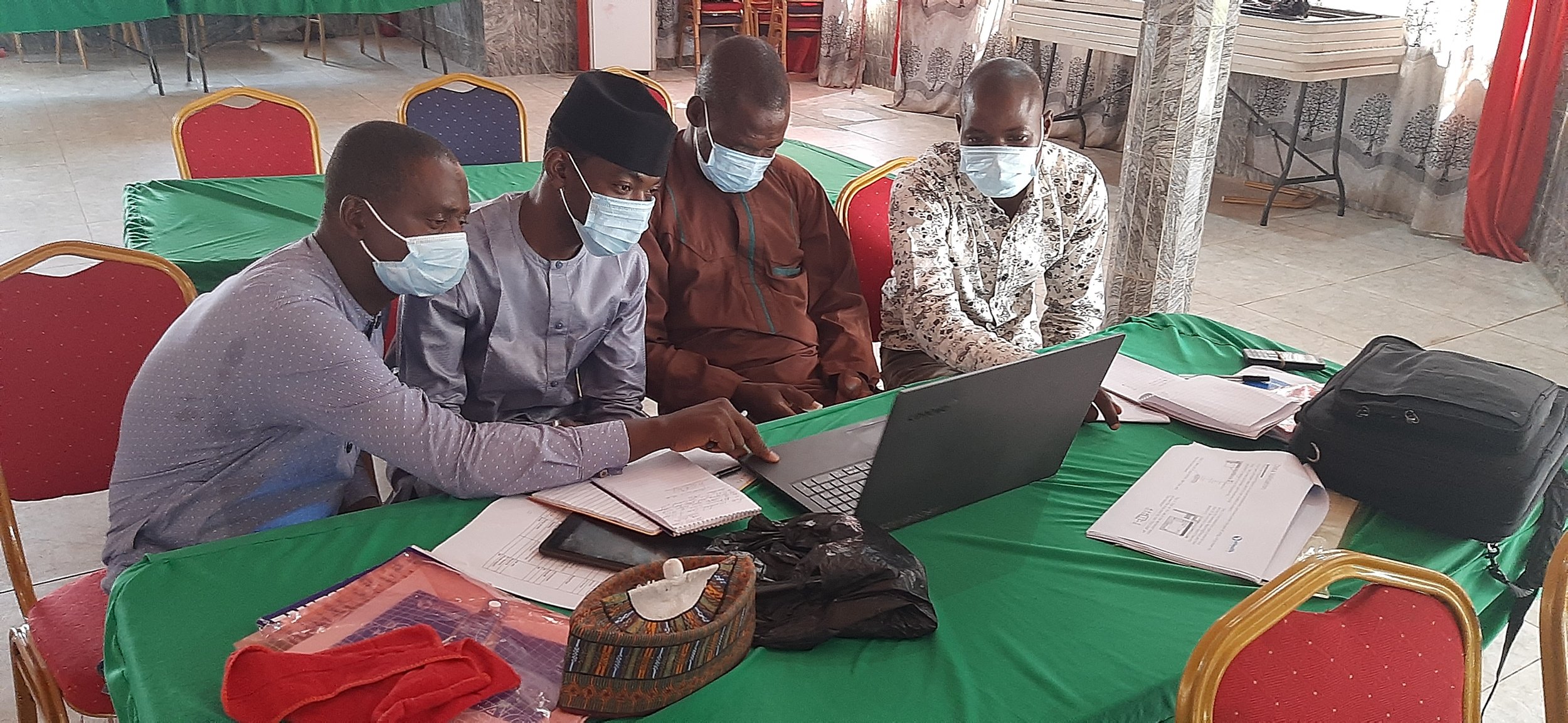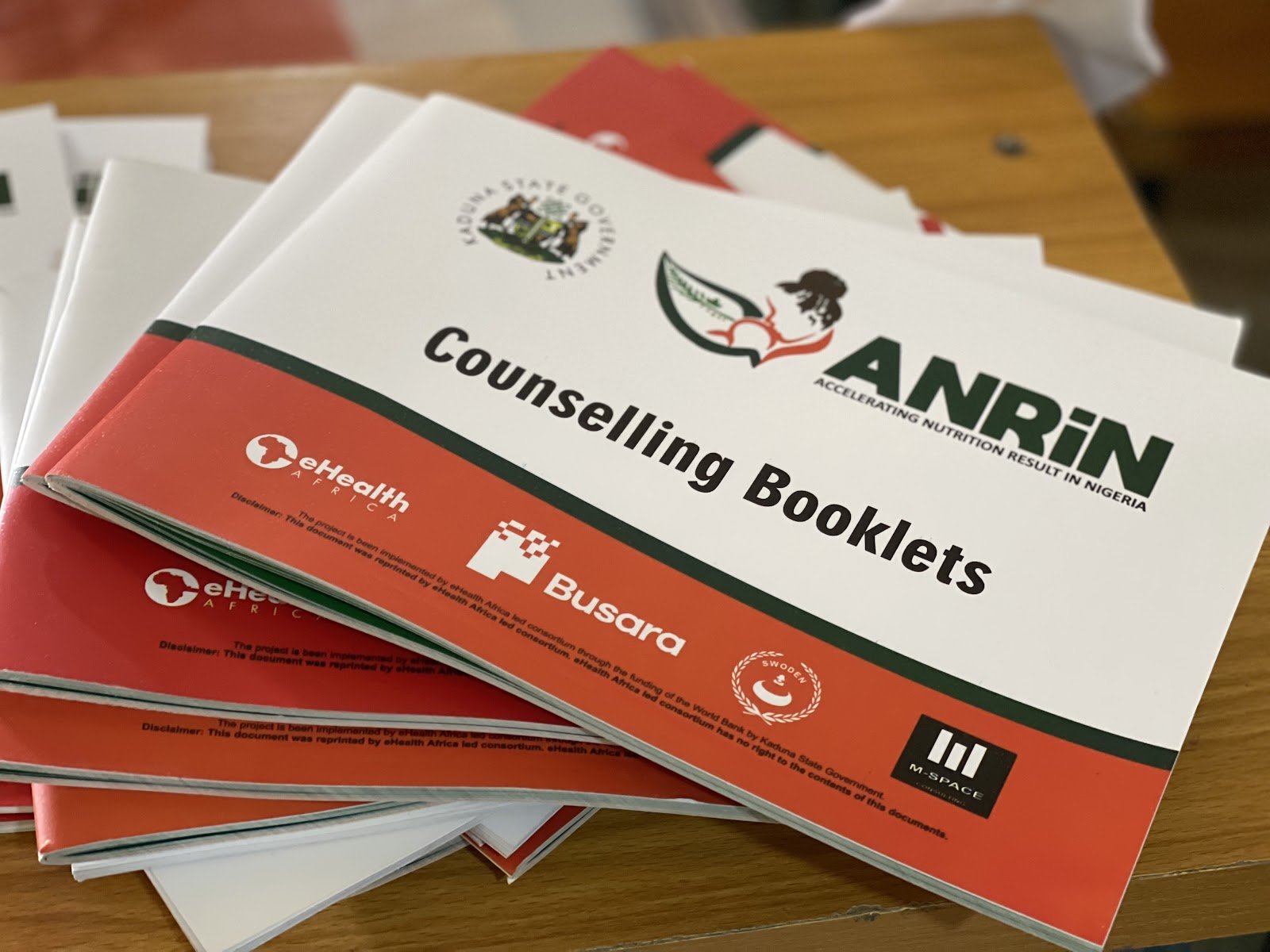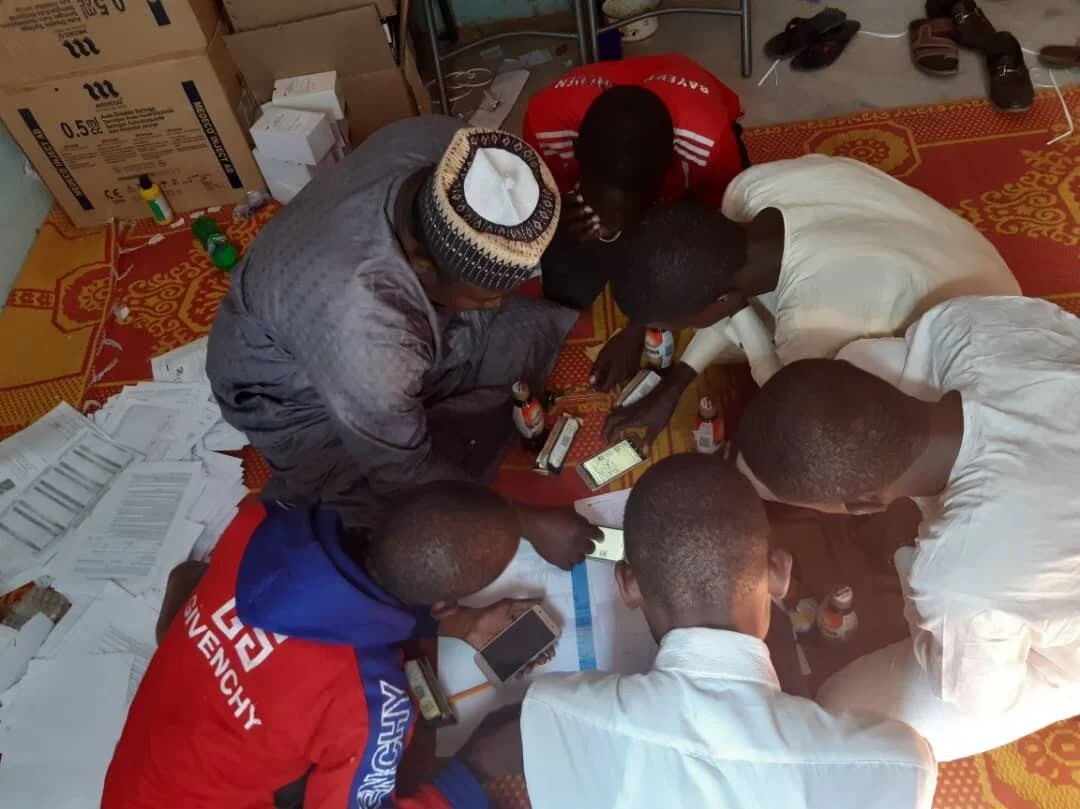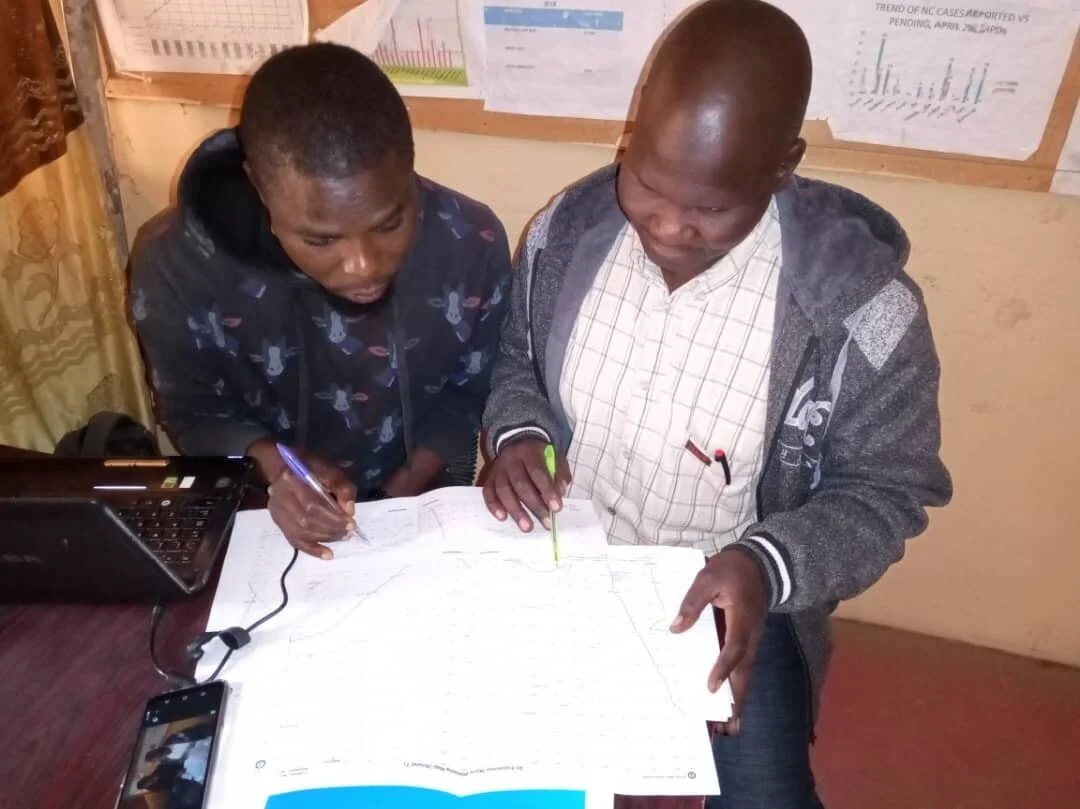Tuberculosis (TB) is one of the world’s most significant causes of mortality, and it is also the first from a single infectious agent. 1.7 million people died from tuberculosis (TB) in 2016, with Africa accounting for over 25% of the total deaths. Tuberculosis is not incurable, but timely diagnosis is necessary to get proper treatment. However, lack of access to health facilities that provide diagnostic and treatment services is an obstacle for people in low-resource settings.
Why is TB diagnosis a challenge in Sub-Saharan Africa? Here are some facts you need to know about diagnosing and treating TB in Africa.
1. Ten million lives were saved in the African Region between 2000 and 2014 through TB diagnosis and treatment. When suspected patients of TB receive timely and accurate diagnoses, they are empowered to seek treatment which increases their chances of curing non-drug-resistant strains of TB.
2. Nigeria accounted for about 12% of the enormous gap between the number of new cases reported (7.0 million) and the estimated 10.0 million (9.0–11.1 million) incident cases in 2018. This gap was due to underreporting of detected cases and underdiagnosis.
3. In 2017, 10 million patients fell ill with tuberculosis; 36% were undiagnosed or detected and not reported. In many countries across Africa, the number goes higher. In Tanzania, it is as high as 55%.
4. Funding for TB diagnosis and treatment has doubled since 2006 but still falls far short of what is needed. When the funds required are not available, there will be a significant reduction in the number of people diagnosed with TB.
Diagnosis of TB remains a challenge in developing countries, and innovative interventions can help bridge the gap in TB diagnosis and treatment. One of such interventions is Health Telematics Infrastructure (HTI). eHealth Africa worked with the Charité University of Medicine to design HTI, a digital solution to improve, analyze, and evaluate the diagnosis and treatment of TB and HIV. We implemented HTI in St. Francis Referral Hospital (SFRH), Ifakara Health Institute (IHI) in Ifakara, and Kilombero District (central Tanzania).
HTI is an SMS-based solution that allows patients to get their TB and HIV test results faster through text messages. Before the implementation of HTI, patients would travel long distances to Ifakara to get tested and return at a later date to get their results. Many patients did not return to Ifakara to collect their results due to the cost of transportation and other factors. Without their diagnoses, patients did not seek treatment and potentially infected more people.
Some benefits of the HTI system include; accurate and timely diagnosis of suspected patients of tuberculosis, patients having access to cutting-edge diagnostic methods, and a treatment process that is structured and monitored to ensure that patients follow through with their entire treatment process.
The system sends reminders to patients to inform them about the next step in their treatment plan. This method of getting test results via SMS saves time. It removes barriers to TB treatment clinics that were previously inaccessible to the people of these communities due to long distances. We gathered information from patients using a tablet and open-source software ‘open data kit (ODK) collect.’ We used Aether and Gather to analyze the data from the ODK collect app. As a security measure, we also installed data protection so that we can retrieve data in the event of a loss. We have successfully routed 79.9% of SMS correctly to the patients.
To end tuberculosis, we must coordinate and implement approaches that will help us scale the hurdles associated with TB diagnosis, especially in low-income countries and communities. Communicating test results to patients on time and effective communication on TB diagnosis will decrease the number of people who die from the disease because they better understand their condition and can start appropriate treatment regimens.
